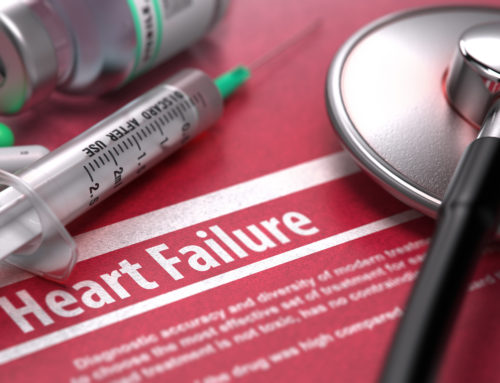People with psoriasis are at a higher risk to develop type 2 diabetes than those without psoriasis, and the risk increases dramatically based on the severity of the disease.
Researchers from the Perelman School of Medicine at the University of Pennsylvania found people with psoriasis that covers 10 per cent of their body or more are 64 per cent more likely to develop diabetes than those without psoriasis, independent of traditional risk factors such as body weight. Applying the study’s findings to the number of people who have psoriasis worldwide would equate to 125,650 new cases of diabetes attributable to psoriasis per year.
They recently published their findings this month in the Journal of the American Academy of Dermatology.
Psoriasis is a disease of the immune system in which inflammation causes skin cells to multiply faster than normal. They cause raised, red patches covered by silvery scales when they reach the surface of the skin and die. It occurs most commonly on the scalp, knees, elbows, hands, and feet, but can also appear on the lower back, face, genitals, nails, and other places.
‘The type of inflammation seen in psoriasis is known to promote insulin resistance, and psoriasis and diabetes share similar genetic mutations suggesting a biological basis for the connection between the two conditions we found in our study,’ said the study’s senior author, Joel M Gelfand, MD MSCE, a Professor of Dermatology and Epidemiology at Penn.
‘We know psoriasis is linked to higher rates of diabetes, but this is the first study to specifically examine how the severity of the disease affects a patient’s risk.’
The study’s lead author is Marilyn T Wan, MBChB, MPH, a post-doctoral research fellow in Gelfand’s lab.
In order to measure psoriasis severity, Gelfand and his team used body surface area (BSA), which measures the percentage of the body covered by psoriasis.
Using a United Kingdom database, they surveyed general practitioners about BSA affected by psoriasis and looked at data on 8,124 adults with psoriasis and 76,599 adults without psoriasis over the course of four years, and they adjusted the samples to account for any differences in age, sex, and body mass index and other diabetes risk factors.
They found that patients with a BSA of two per cent or less had a relative risk of 1.21 for developing diabetes, meaning their risk is 21 per cent higher than those without psoriasis. This risk increased dramatically in patients with a BSA of 10 per cent or more. On average, 5.97 out of every 1,000 people will get diabetes in a given year. In the population of patients with a BSA greater than 10 per cent, that number jumps to 12.22 per 1,000 people. That group had a relative risk of 1.64, or 64 per cent higher than patients with no psoriasis at all.
Further, they found that for every 10 per cent increase in BSA beyond the initial 10 per cent, the relative risk increased by another 20 per cent. In other words, patients with 20 per cent BSA were at almost an 84 per cent higher risk of developing type 2 diabetes, patients with 30 per cent BSA were at a 104 per cent higher risk, and so on.
‘These findings are independent of traditional risk factors for diabetes and still show a strong connection between the increasing severity of psoriasis and the increasing risk of developing diabetes, which makes a strong argument for a causal relationship between the two,’ Gelfand said.
Gelfand says psoriasis BSA should be routinely measured, and patients targeted for diabetes prevention, especially in those with a BSA of 10 per cent or higher. He also said that these results add to the growing understanding of the additional risks associated with severe psoriasis, which Gelfand’s other studies have shown can include major cardiovascular events, liver disease and death.








